
Alfred Nobel
Chemist, Inventor, Awesome Administrator, Social Reformer.
"It could and should soon come to pass that all states pledge themselves collectively to attack an aggressor. That would make war impossible, and would force even the most brutal and unreasonable Power to appeal to a court of arbitration, or else keep quiet."
Thought Process of Alfred Nobel Inventing Dynamite
by Chuck Gooley, Physical Organic Chemist, Software Engineer, Web Developer and GIS specialist, Los Angeles, CA.
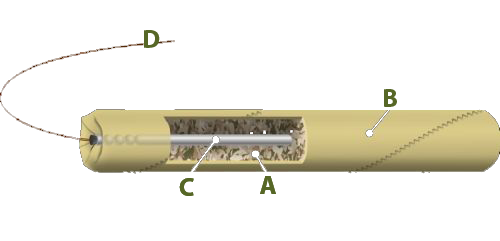
Dynamite, Photo Wiki
A. Diatomaceous earth (or any other type of absorbent material) soaked in nitroglycerin.
B. Protective coating surrounding the explosive material.
C. Blasting cap.
D. Electrical cable (or fuse) connected to the blasting cap.

Immanual Nobel, Alfred's father
Young Alfred was sent abroad for further training in chemical engineering by his father Immanual Nobel, a self-taught inventor. Alfred’s father was a building contractor. For the Russian army, he was an arms manufacturer; hence the necessity for inventing an explosive. In Paris, Alfred met an Italian chemist, Ascanio Sobrero who had invented nitroglycerine. Nitroglycerine was produced by mixing glycerine with sulfuric acid and nitric acid. It was considered very dangerous because it would explode if subjected to heat and pressure.
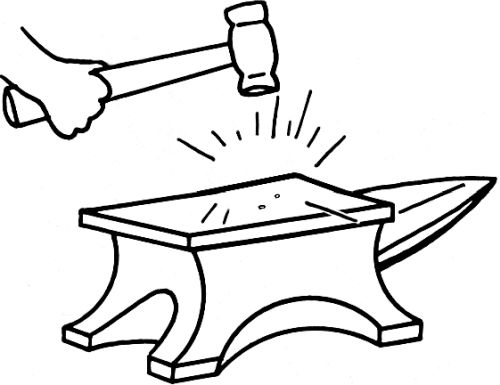
Anvil
Alfred was interested in how nitroglycerine could be put to practical use. He observed that when drops of Nitroglycerine were placed on an anvil and hit with a hammer, only the part of the Nitroglycerine that was hit would explode. Together with his father, Alfred performed experiments to develop nitroglycerine as a commercially useful explosive. Immanual and Alfred returned to Stockholm where Alfred concentrated on developing nitroglycerine as an explosive.
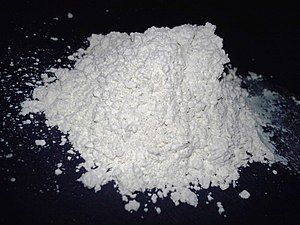
"Kieselguhr" or diatomaceous earth
To make handling of nitroglycerine safer, Alfred experimented with different additives. Finally, almost by chance, in German heathland, he found "Kieselguhr" or diatomaceous earth, porous, absorbent and heat resistant. It is a form of silica composed of the siliceous shells of microscopic unicellular aquatic plants. He discovered that mixing nitroglycerine with kieselguhr would turn the liquid Nitroglycerine into a paste which could be shaped into rods for drilling holes.
Nitroglycerine’s weakness was that that it could not be detonated from a distance by using a long fuse wire. Alfred resolved this problem.
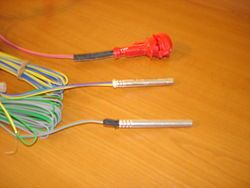
Example of primary detonator with long wire
Alfred invented a small sensitive primary explosive which exploded via a long fuse wire. The primary explosive was the blasting cap, a copper capsule containing a highly flammable substance, mercury fulminate which exploded via a long fuse wire.
The blasting cap, the primary explosive, detonated the secondary explosive, nitroglycerine.
Alfred patented this explosive, naming it dynamite.
Learning Point:
1. Polish a known idea such as taming known Nitroglycerine
2. Solving a problem may be a two-step procedure, not necessarily a single step procedure.
I. If A is of great functional value to you but possesses unsafe or unwanted properties, add B to eliminate the unsafe or unwanted properties. However, this may prevent A from performing its function.
II. Then invent C and add C to the combination of A and B to enable A to perform its function.
Dynamite use in tunnel construction; Alfred Nobel not invited.
Gotthard tunnel through the Alps in Switzerland was constructed using Alfred Nobel’s invention of dynamite. He was not invited to the opening ceremony. Generally, regarding such matters, he was apathetic. However, on this occasion, he was affected by the thoughtlessness [or perhaps intentional act] of the government.
As of 2019, excluding a few very small countries with one or two Nobelists, Switzerland has the highest number of Nobelists per capita.
History of Nitroglycerine
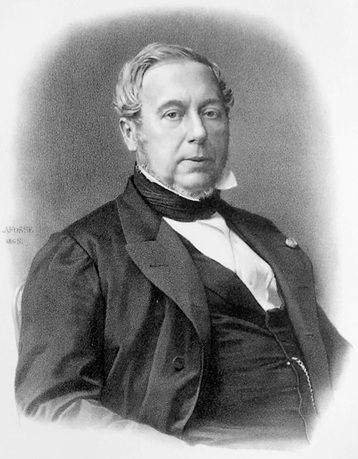
Theophile-Jules Pelouze, French Chemist, in 1830s had worked on highly flammable compound gun cotton.
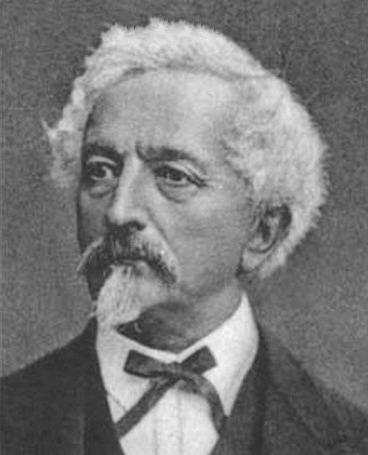
Pelouze’s student Italian Ascanio Sobrero in 1847 in Turin discovered new explosive nitroglycerine. He warned that Nitroglycerine was impossible to control.
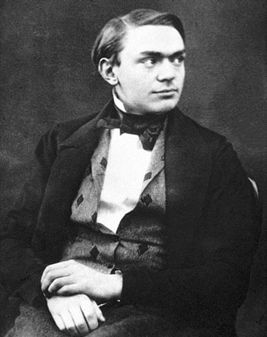
Alfred 1850-1852 in lab. Greatly interested in explosive - it ran in family. Father manufactured arms for Russian army.
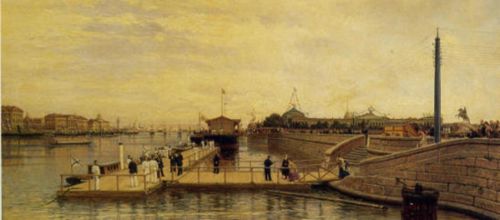
In 1860, 26-year-old Alfred repeatedly experimented on Frozen River Neva outside St. Petersburg.
Alfred produced Nitroglycerine without mishaps. He mixed Nitroglycerine with black powder and ignited it with ordinary fuse. However, it still needed to be improved.
Alfred Nobel’s statement:
“I am the first person to move these substances out of the science laboratory and into the world of industry.”
Nitroglycerin and Dynamite description, invention and uses:
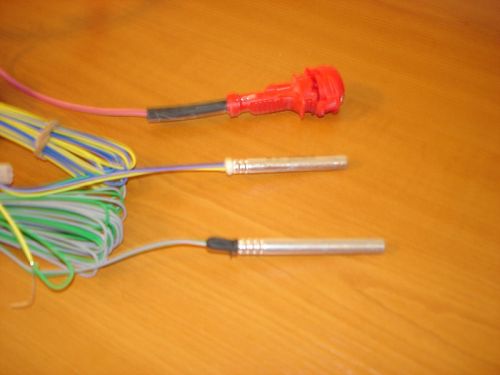
Detonators, different types. Photo Wiki

Inserting detonators into blocks of C-4 explosive. Photo Wiki
Nitroglycerin, also known as nitroglycerine, trinitroglycerin, is a dense, colorless, oily, explosive liquid most commonly produced by nitrating glycerol with white fuming nitric acid under conditions appropriate to the formation of the nitric acid ester. Chemically, the substance is an organic nitrate compound rather than a nitro compound, yet the traditional name is often retained. Invented in 1847, nitroglycerin has been used as an active ingredient in the manufacture of explosives, mostly dynamite, and as such it is employed in the construction, demolition and mining industries. Since the 1880s, it has been used by the military as an active ingredient and a gelatinizer for nitrocellulose, in some solid propellants, such as cordite and ballistite. It has the chemical structure:

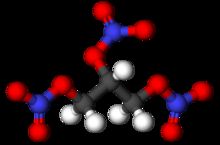
NItroglycerine
Nitroglycerin was later adopted as a commercially useful explosive by Alfred Nobel. After his younger brother, Emil Oskar Nobel and several factory workers were killed in an explosion at the Nobels' armaments factory in 1864 in Helenbord, Sweden, he experimented with safer ways to handle the dangerous compound
One year later, Nobel founded Alfred Nobel and Company in Germany and built an isolated factory in the Krummel hills of Geesstadt near Hamburg. This business exported a liquid combination of nitroglycerin and Gunpowder called "Blasting Oil", but this was extremely unstable and difficult to handle, as evidenced in numerous catastrophes. Twice, the buildings of the Krummel factory were destroyed.
Alfred Nobel developed the use of nitroglycerin as a blasting explosive by mixing nitroglycerin with inert adsorbents, particularly "Kieselguhr", or diatomaceous earth. He named this explosive dynamite and patented it in 1867. This method successfully stabilized the nitroglycerin into a portable explosive. It was supplied ready for use in the form of sticks, individually wrapped in greased waterproof paper.
Dynamite and similar explosives were widely adopted for civil engineering tasks, such as in drilling highway and railroad tunnels, for mining, for clearing farmland of stumps, in quarrying, and in demolition work. Likewise, military engineers have used dynamite for construction and demolition work.
Dynamite is usually sold in the form of cardboard cylinders about 20 cm (8 in) long and about 3.2 cm (1 1⁄4 in) in diameter, with a weight of about 190 grams (1⁄2 troy pound). A stick of dynamite thus produced contains roughly 1 MJ (Megajoule) of energy. Other sizes also exist, rated by either portion (Quarter-Stick or Half-Stick) or by weight.
Dynamite is usually rated by "weight strength" (the amount of nitroglycerin it contains), usually from 20% to 60%. For example, 40% dynamite is composed of 40% nitroglycerin and 60% "dope" (the absorbent storage medium mixed with the stabilizer and any additives).
Discover Your Abilities and Aspirations!
 $10 $25 $50 $100 Other
$10 $25 $50 $100 Other
Tax Exempt 501(c)3 Non-Profit Organization
Any Currency
“…the peace that is found in libraries and laboratories…” - Louis Pasteur
Copyright © 2023 Ganga Library Inc. All Rights reserved.;

Painting Tim Tompkins - PaintHistory.com
Name: Alfred Bernhard Nobel
Birth: 21 Oct. 1833, Stockholm, Sweden
Death: 10 Dec. 1896 San Remo, Italy
Patents: Alfred Nobel held 355 patent worldwide.
Hobbies Poetry, Literature, Health
Languages Spoken: Swedish, Russian, French, English, German, Italian
Not Married
Biography
Alfred Nobel's Will
Bearing Nobel's Name
Childhood and Youth
Death
Diet
Family
Founder
Harassment
Health
Humor/Quotations
Images
Immigration
Interests, hobbies
Patents
Sadness
Thought Process
Videos
Work Environment














